Home>Furniture & Design>Bathroom Accessories>Why Is My Toilet Bowl Not Holding Water
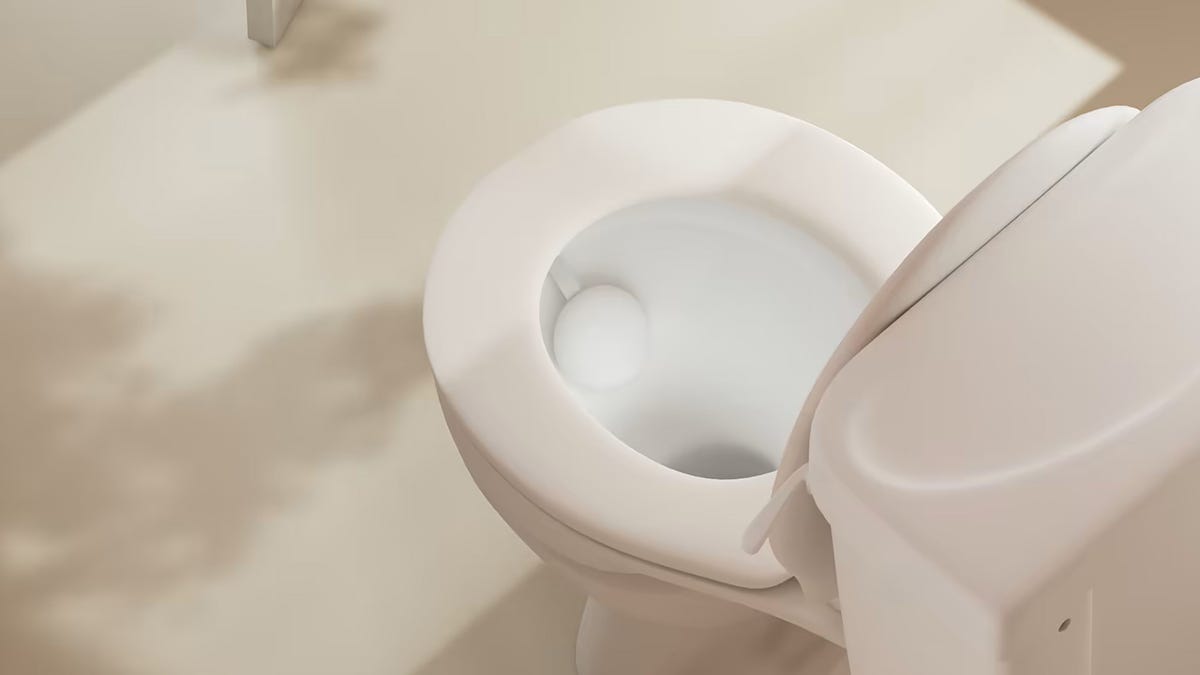

Bathroom Accessories
Why Is My Toilet Bowl Not Holding Water
Modified: October 20, 2024
Discover the reasons why your toilet bowl may not be holding water and find solutions with our range of bathroom accessories. Keep your bathroom in top condition.
(Many of the links in this article redirect to a specific reviewed product. Your purchase of these products through affiliate links helps to generate commission for Storables.com, at no extra cost. Learn more)
Common Causes of a Toilet Bowl Not Holding Water
When you encounter the frustrating issue of your toilet bowl not holding water, several common culprits could be at play. Understanding these potential causes can help you diagnose the problem and take the necessary steps to resolve it. Here are the most frequent reasons why your toilet bowl may not be holding water:
-
Damaged Flapper: The flapper is a rubber component that seals the flush valve opening. If it's worn out or damaged, it may not create a proper seal, leading to water leakage from the tank into the bowl. This can result in a reduced water level in the bowl.
-
Clogged Rim Jets: The rim jets are small holes located under the toilet bowl's rim. They are responsible for releasing water into the bowl during the flushing process. If these jets become clogged with mineral deposits or debris, the water flow into the bowl can be restricted, causing a lower water level.
-
Faulty Flush Valve: A malfunctioning flush valve can prevent the tank from releasing a sufficient amount of water into the bowl during flushing. This can lead to a decreased water level in the bowl and inadequate flushing performance.
-
Cracked or Damaged Bowl: A crack or damage in the porcelain of the toilet bowl can cause water to leak onto the floor, resulting in a lower water level in the bowl. Inspect the bowl carefully for any visible signs of damage.
-
Improper Tank Water Level: If the water level in the toilet tank is set too low, it may not provide enough water for a complete flush, leading to a reduced water level in the bowl.
-
Blocked Vent Pipe: The vent pipe plays a crucial role in maintaining proper pressure in the plumbing system. If it becomes blocked or obstructed, it can disrupt the flushing and refilling process, causing the toilet bowl to hold less water.
Understanding these common causes can help you troubleshoot the issue and take the necessary steps to restore your toilet's proper functionality. By identifying the specific cause of the problem, you can effectively address it and prevent further inconvenience.
Key Takeaways:
- Don’t panic if your toilet bowl isn’t holding water! It could be a damaged flapper, clogged rim jets, or a faulty flush valve. Check these common issues and follow the steps to fix them.
- Keep your toilet in top shape by cleaning regularly, checking for leaks, and maintaining proper water levels. Proactive care and professional inspections can prevent issues and ensure reliable performance.
Read more: Why Is There No Water In My Toilet Bowl
How to Identify the Issue
Identifying the underlying cause of your toilet bowl not holding water is crucial for implementing the appropriate solution. Here are the steps to help you pinpoint the specific issue:
-
Visual Inspection: Begin by visually examining the components of your toilet. Check the flapper, flush valve, rim jets, and the porcelain bowl for any visible signs of damage, wear, or blockages. Look for cracks, mineral deposits, or debris that may be impeding the proper functioning of these elements.
-
Flush Test: Perform a flush test to observe the flushing and refilling process. Note the water level in the bowl before and after flushing. If the water level drops significantly or fails to rise to the expected level after flushing, it indicates a potential issue with the flushing mechanism or the water flow into the bowl.
-
Tank Water Level: Check the water level in the toilet tank. Ensure that it is set to the recommended level, as specified by the manufacturer. An inadequate tank water level can lead to insufficient water being released into the bowl during flushing, resulting in a lower water level.
-
Rim Jet Inspection: Examine the rim jets located under the toilet bowl's rim. Use a flashlight to inspect these small holes for any blockages caused by mineral buildup or debris. Clogged rim jets can impede the flow of water into the bowl, leading to a reduced water level.
-
Leak Detection: Look for any signs of water leakage around the base of the toilet. A cracked or damaged bowl can cause water to seep onto the floor, resulting in a lower water level in the bowl. Additionally, check for any dampness or water stains that may indicate a hidden leak.
-
Vent Pipe Examination: If all other components appear to be functioning properly, consider inspecting the vent pipe. A blocked or obstructed vent pipe can disrupt the flushing and refilling process, causing the toilet bowl to hold less water. Look for any obstructions or signs of damage in the vent pipe.
By systematically assessing these key areas, you can effectively identify the specific issue causing your toilet bowl to not hold water. This targeted approach will enable you to proceed with the necessary repairs or maintenance, restoring your toilet to its optimal performance.
Check the water level in the tank, the flapper, and the flush valve. If the water level is too low, adjust the float to raise it. If the flapper is worn or not sealing properly, replace it. If the flush valve is damaged, consider replacing it.
Steps to Fix the Problem
Once you have identified the underlying issue causing your toilet bowl to not hold water, it's essential to take the appropriate steps to address the problem effectively. Here are the detailed steps to fix the common causes of this issue:
-
Replace the Flapper: If a damaged or worn-out flapper is the culprit, start by turning off the water supply to the toilet and flushing to empty the tank. Remove the old flapper and install a new one, ensuring a proper seal over the flush valve opening. Turn the water supply back on and test the flush to verify that the flapper now functions correctly.
-
Clear the Rim Jets: To address clogged rim jets, use a thin, flexible wire or a specialized tool to carefully remove any mineral deposits or debris obstructing the flow of water. Gently insert the wire into each jet to dislodge the buildup and restore unobstructed water flow during flushing.
-
Inspect and Repair the Flush Valve: If the flush valve is faulty, it may need to be repaired or replaced. Turn off the water supply, flush to empty the tank, and carefully inspect the flush valve for any damage or malfunction. Depending on the specific issue, you may need to replace the flush valve assembly to ensure proper water release during flushing.
-
Address Bowl Damage: In the case of a cracked or damaged bowl, it's crucial to assess the extent of the damage. If the damage is minor, it may be possible to repair it using porcelain filler or epoxy. However, significant damage may necessitate the replacement of the entire toilet bowl for a long-term solution.
-
Adjust Tank Water Level: To ensure an adequate water level in the bowl, adjust the water level in the toilet tank according to the manufacturer's recommendations. This can typically be done by adjusting the float or water level adjustment screw to achieve the optimal water level for proper flushing and bowl refilling.
-
Clear the Vent Pipe: If a blocked vent pipe is suspected, carefully inspect the pipe for any obstructions or damage. Use a plumbing snake or appropriate tools to clear any blockages and restore proper ventilation in the plumbing system, allowing for efficient flushing and refilling of the toilet bowl.
By following these comprehensive steps tailored to the specific issue affecting your toilet, you can effectively address the problem and restore your toilet's functionality. It's important to approach each step with care and attention to detail, ensuring that the necessary repairs or maintenance tasks are carried out accurately to resolve the issue at hand.
Preventative Maintenance Tips
Preventative maintenance plays a crucial role in ensuring the long-term functionality and efficiency of your toilet. By implementing proactive measures, you can minimize the risk of encountering issues such as a toilet bowl not holding water. Here are essential preventative maintenance tips to help you maintain your toilet in optimal condition:
-
Regular Cleaning: Consistent cleaning of the toilet bowl, tank, and components is essential for preventing the buildup of mineral deposits, mold, and bacteria. Use a non-abrasive cleaner to remove stains and deposits, and consider using a toilet bowl cleaner specifically designed to target mineral buildup.
-
Inspect and Replace Flapper: Periodically inspect the flapper for signs of wear and tear. If you notice any deterioration or damage, consider replacing the flapper to maintain a proper seal and prevent water leakage from the tank into the bowl.
-
Monitor Water Level: Keep an eye on the water level in the toilet tank and ensure it remains at the recommended level. Adjust the float or water level adjustment screw as needed to maintain the optimal water level for efficient flushing and bowl refilling.
-
Clear Rim Jets: Regularly check and clear the rim jets to prevent blockages caused by mineral deposits or debris. Use a thin wire or specialized tool to ensure unobstructed water flow into the bowl during flushing.
-
Check for Leaks: Routinely inspect the base of the toilet and the surrounding area for any signs of water leakage. Addressing leaks promptly can prevent damage to the toilet bowl and ensure that the water level remains consistent.
-
Maintain Ventilation: Ensure that the vent pipe connected to your toilet's plumbing system remains free from obstructions. Proper ventilation is essential for maintaining the correct pressure and facilitating efficient flushing and refilling of the toilet bowl.
-
Professional Inspection: Consider scheduling periodic inspections by a qualified plumber to assess the overall condition of your toilet and its components. Professional maintenance can help identify potential issues early and prevent more significant problems from arising.
By incorporating these preventative maintenance tips into your regular home maintenance routine, you can significantly reduce the likelihood of encountering issues with your toilet, including a reduced water level in the bowl. Proactive care and attention to your toilet's functionality will contribute to its longevity and reliable performance, providing peace of mind for you and your household.
Frequently Asked Questions about Why Is My Toilet Bowl Not Holding Water
Was this page helpful?
At Storables.com, we guarantee accurate and reliable information. Our content, validated by Expert Board Contributors, is crafted following stringent Editorial Policies. We're committed to providing you with well-researched, expert-backed insights for all your informational needs.
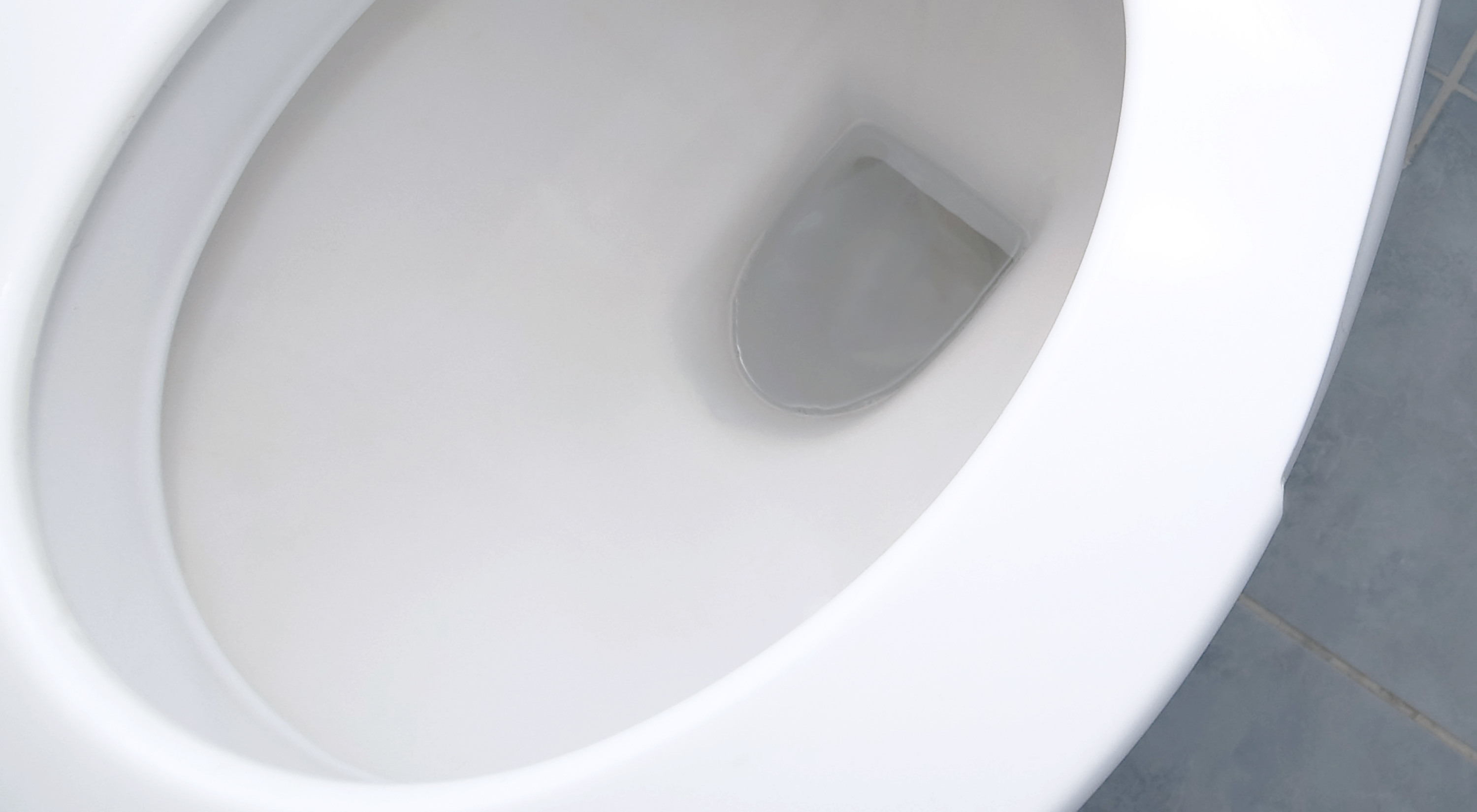
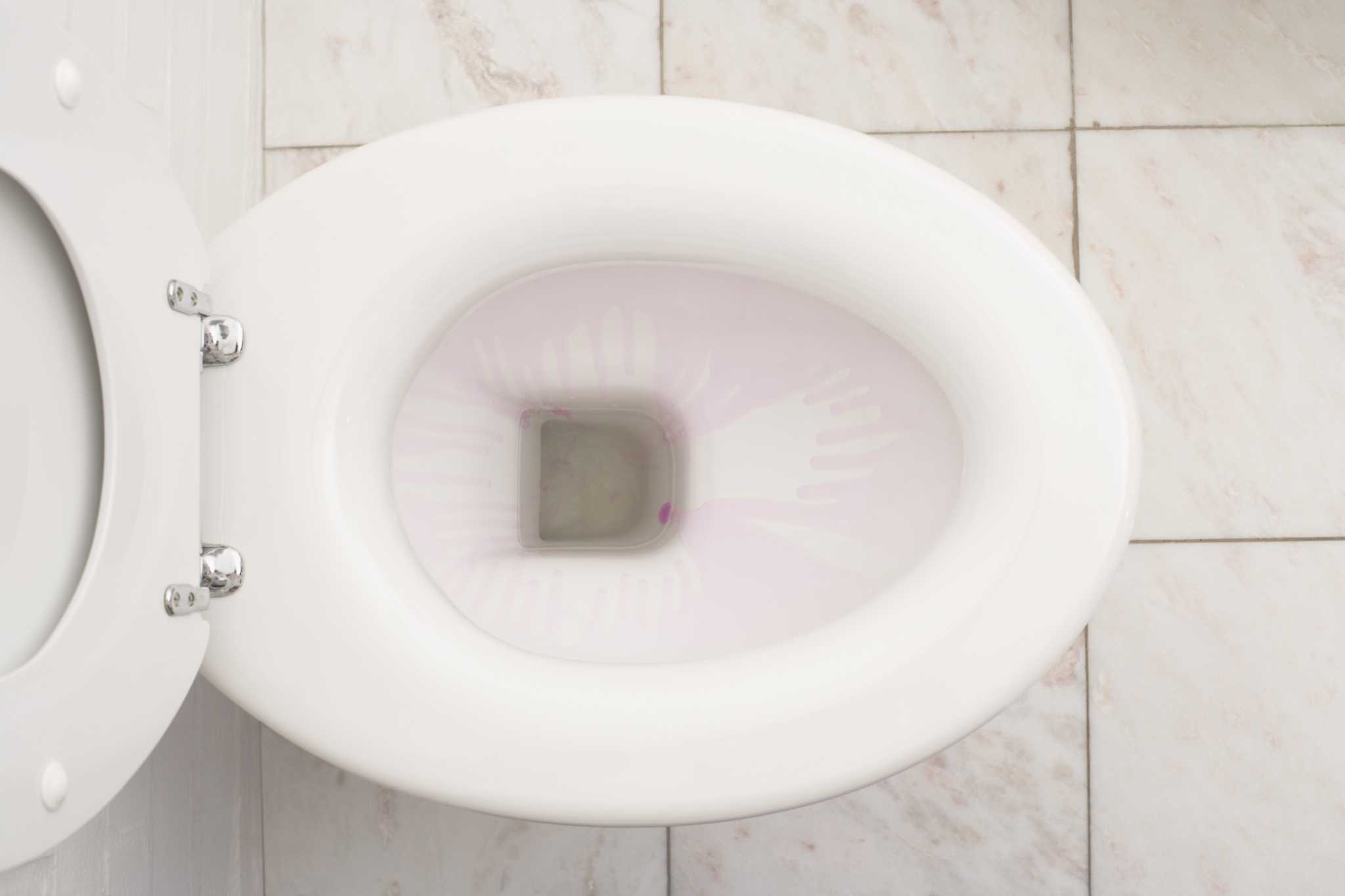
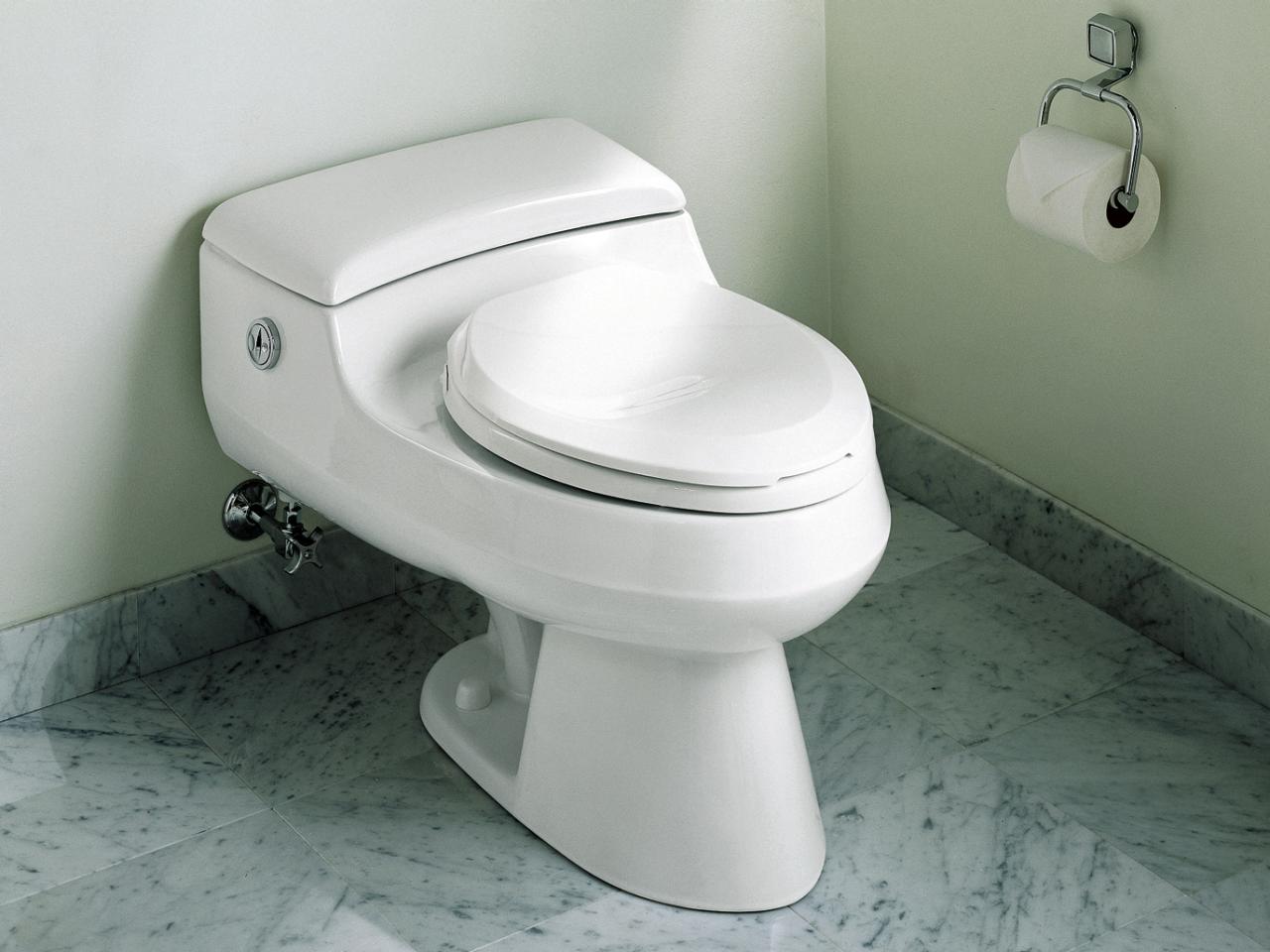
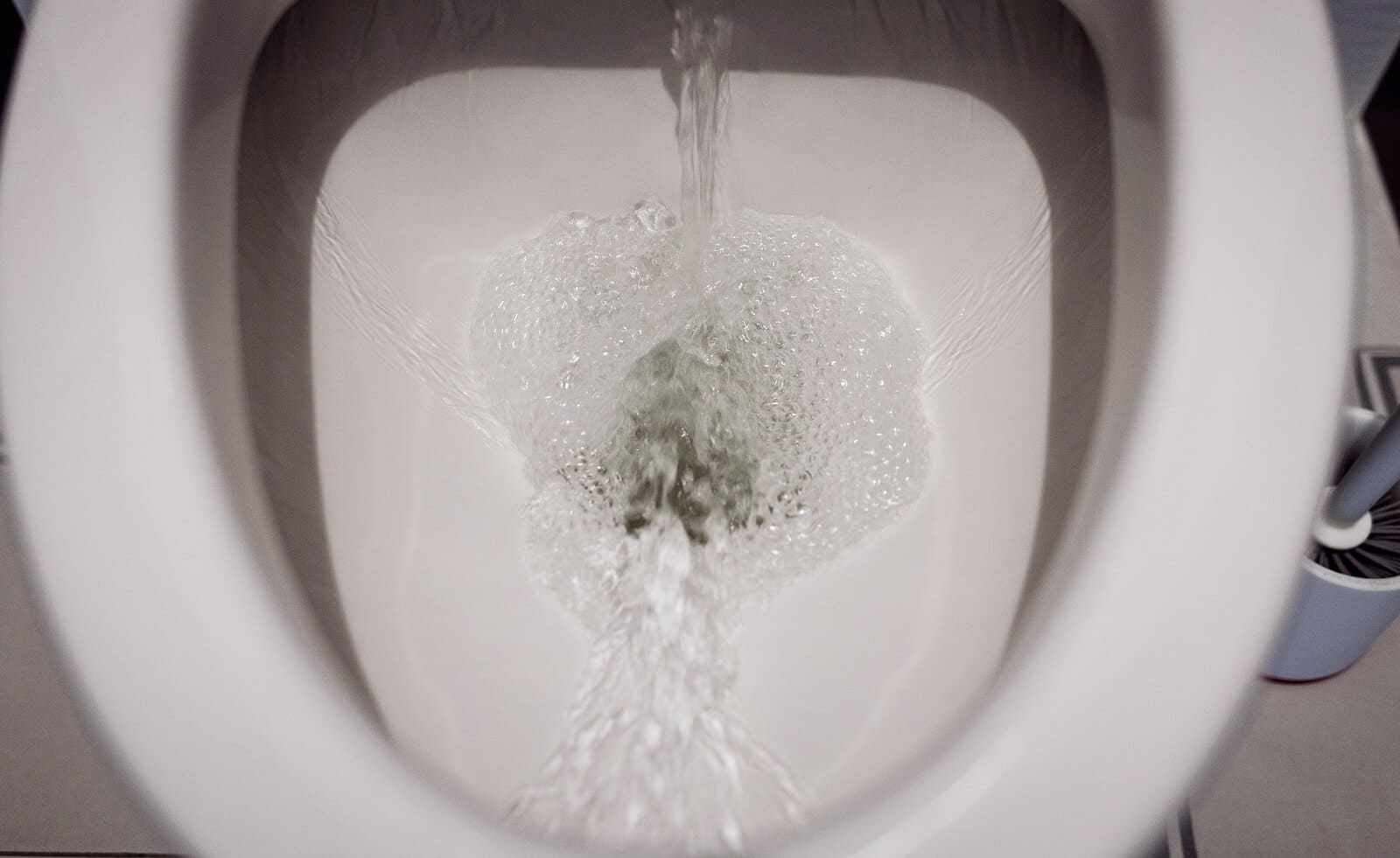
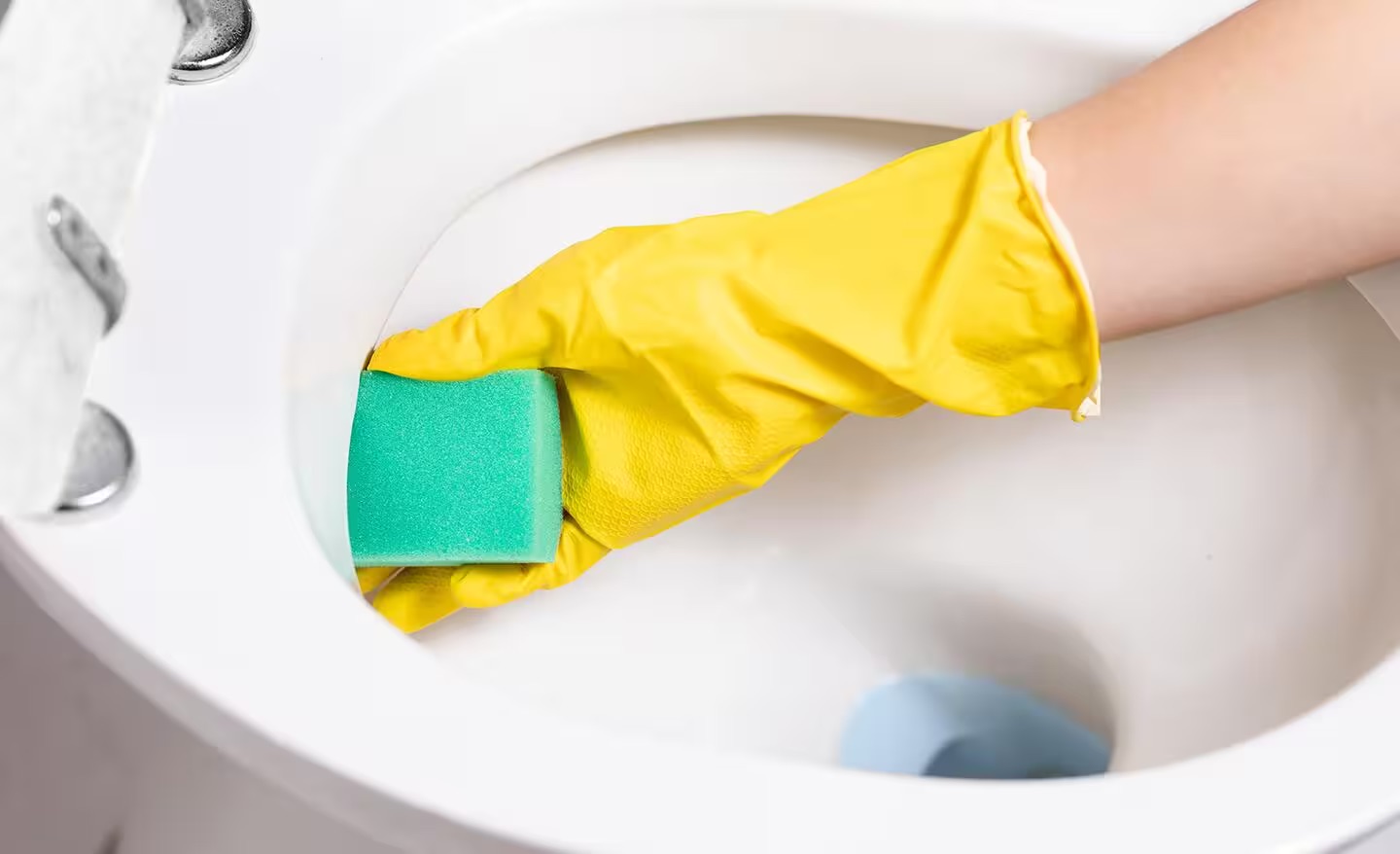
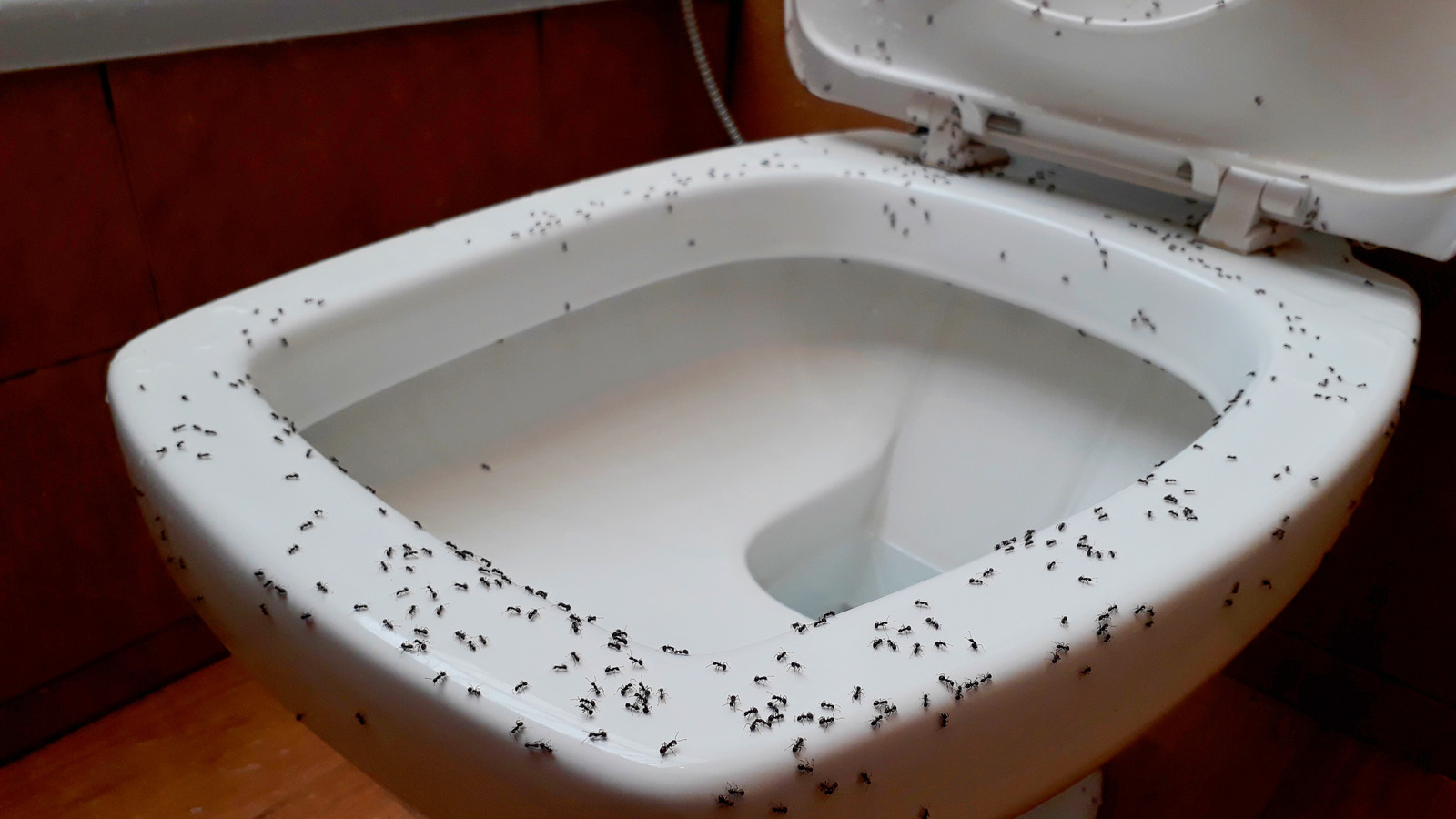
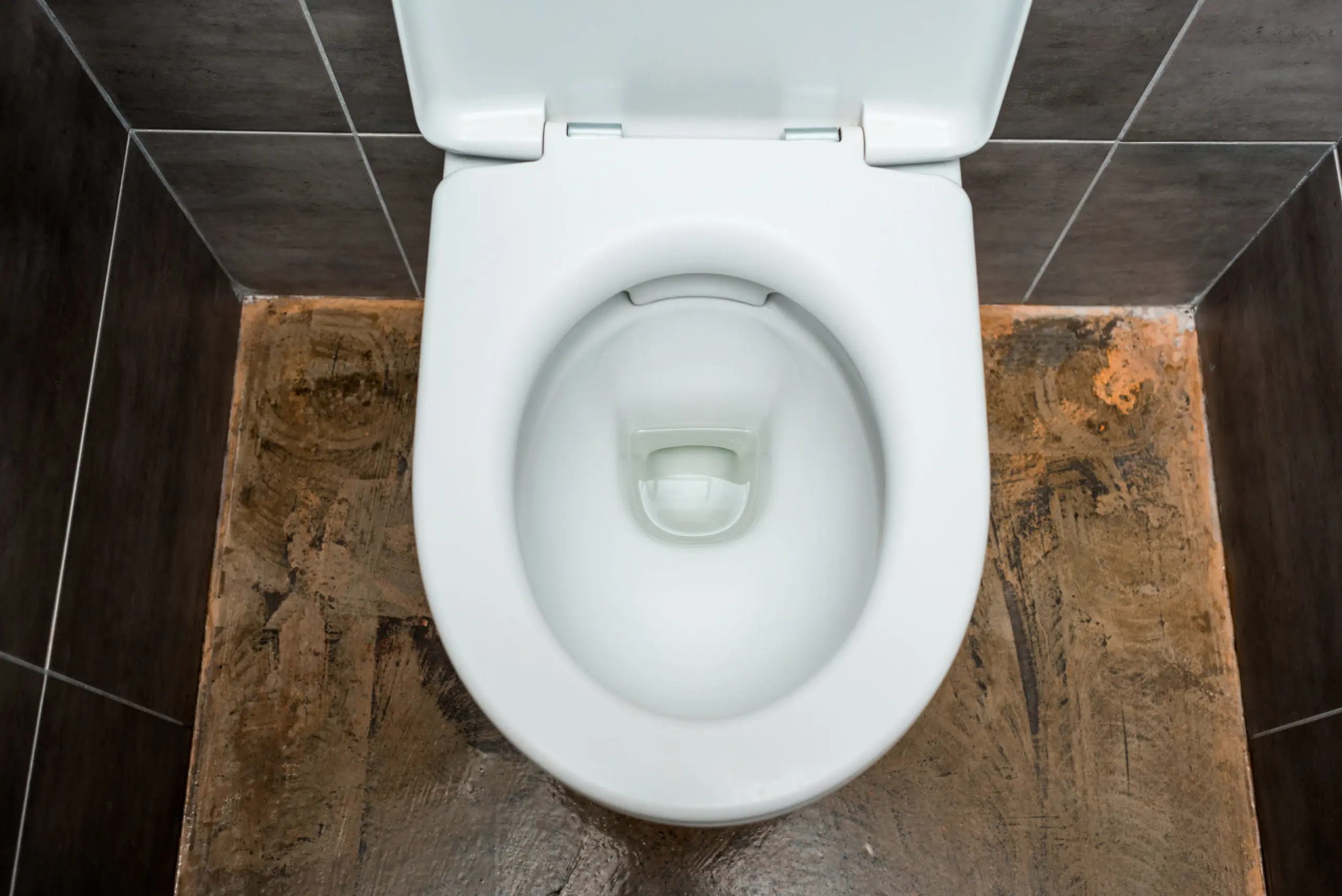
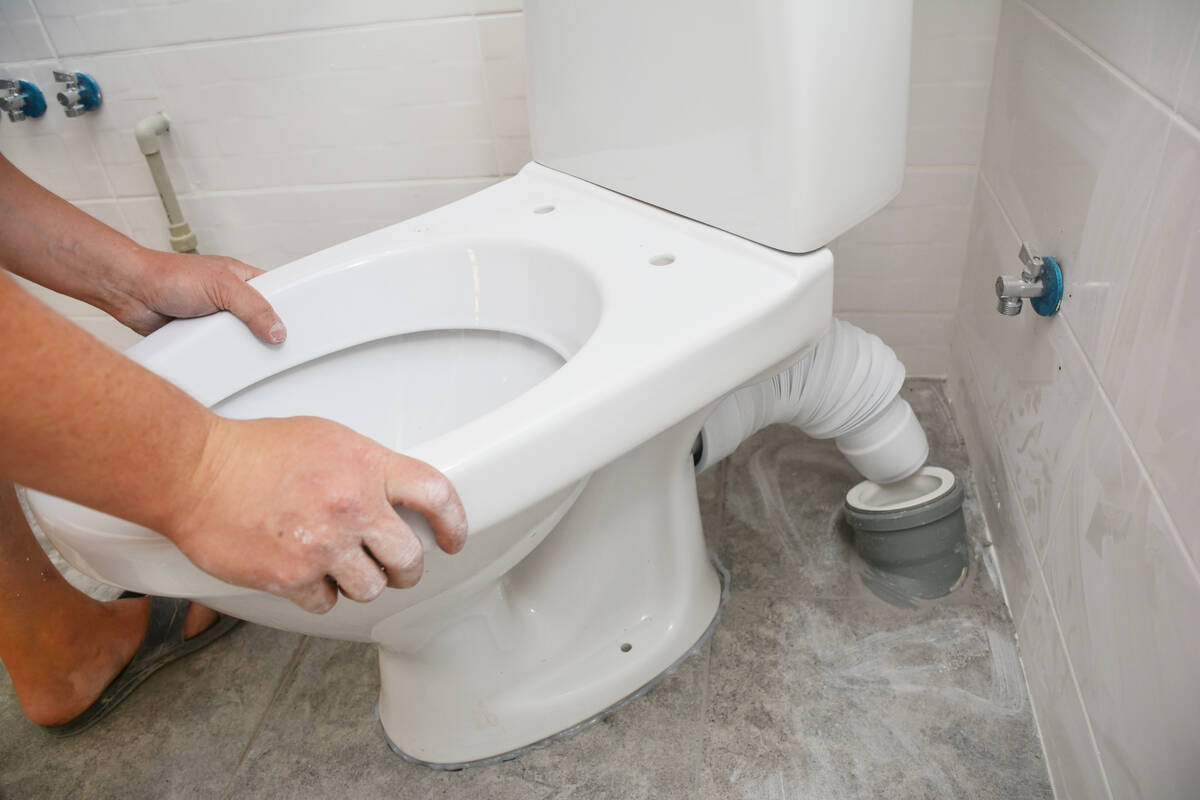
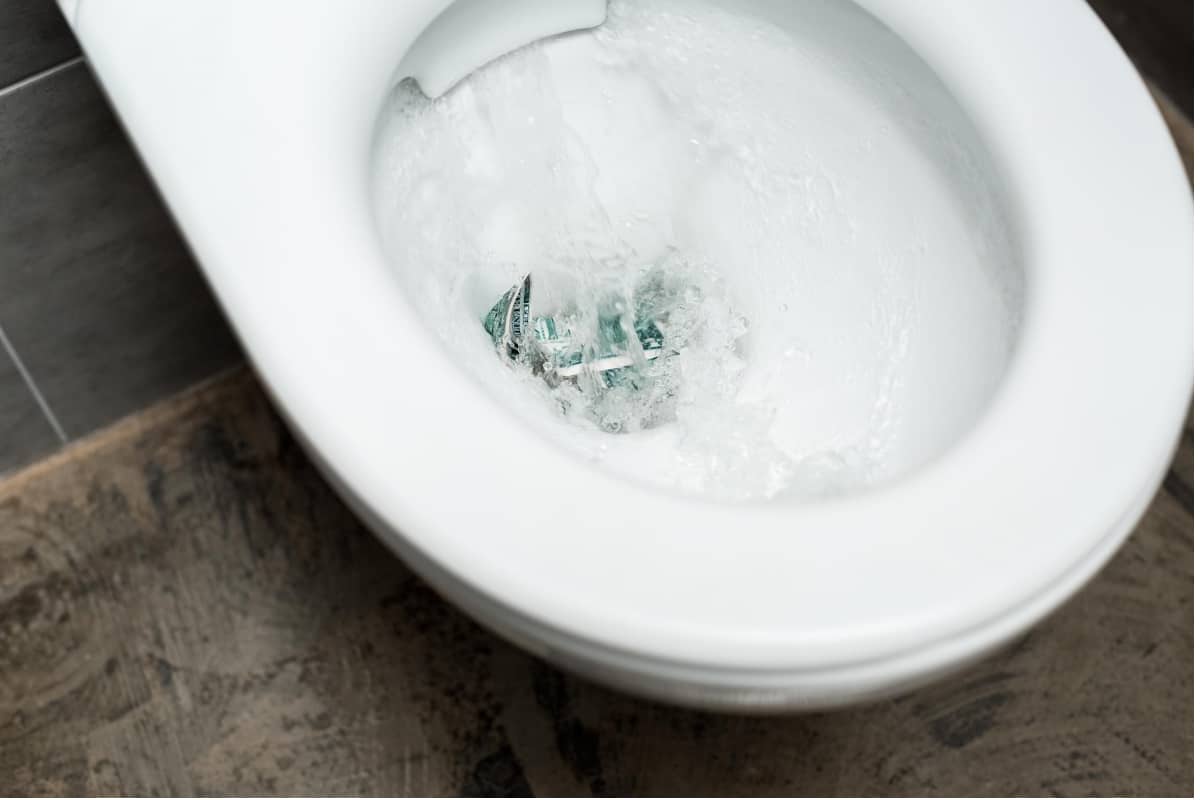
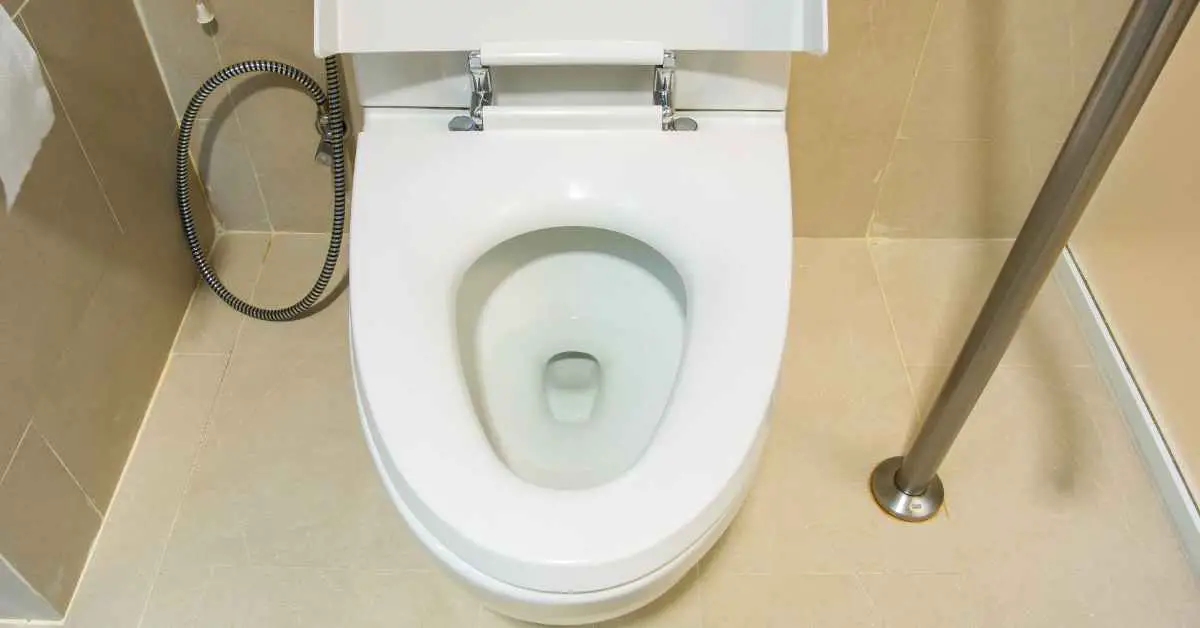
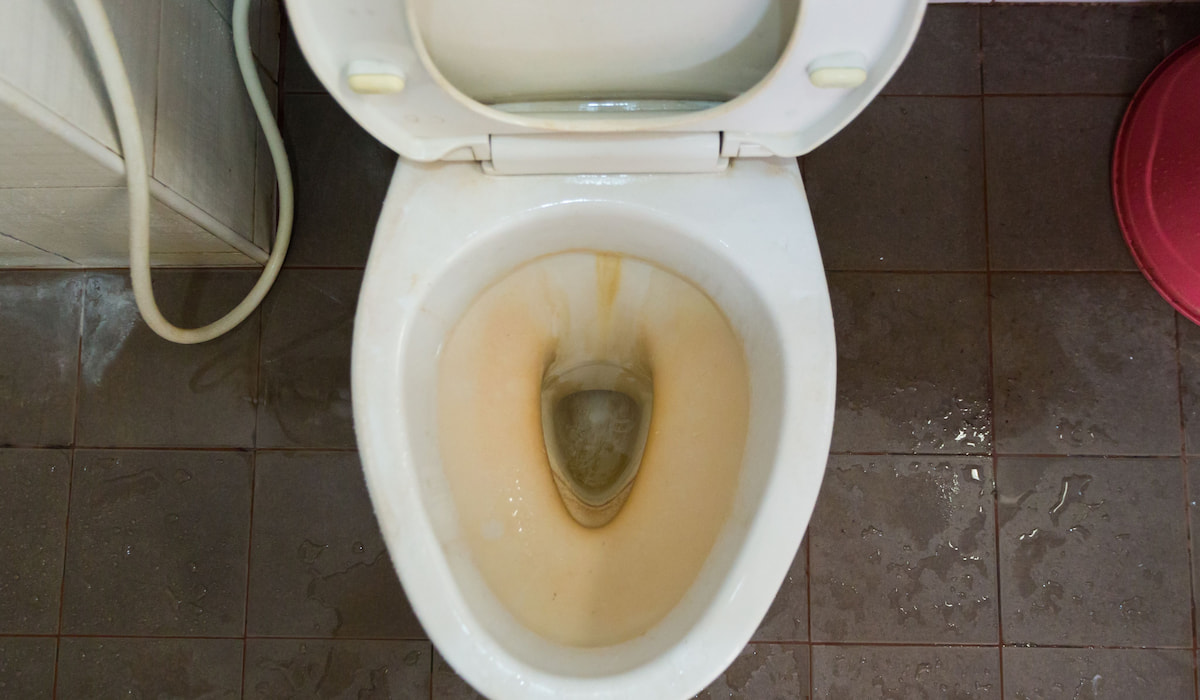
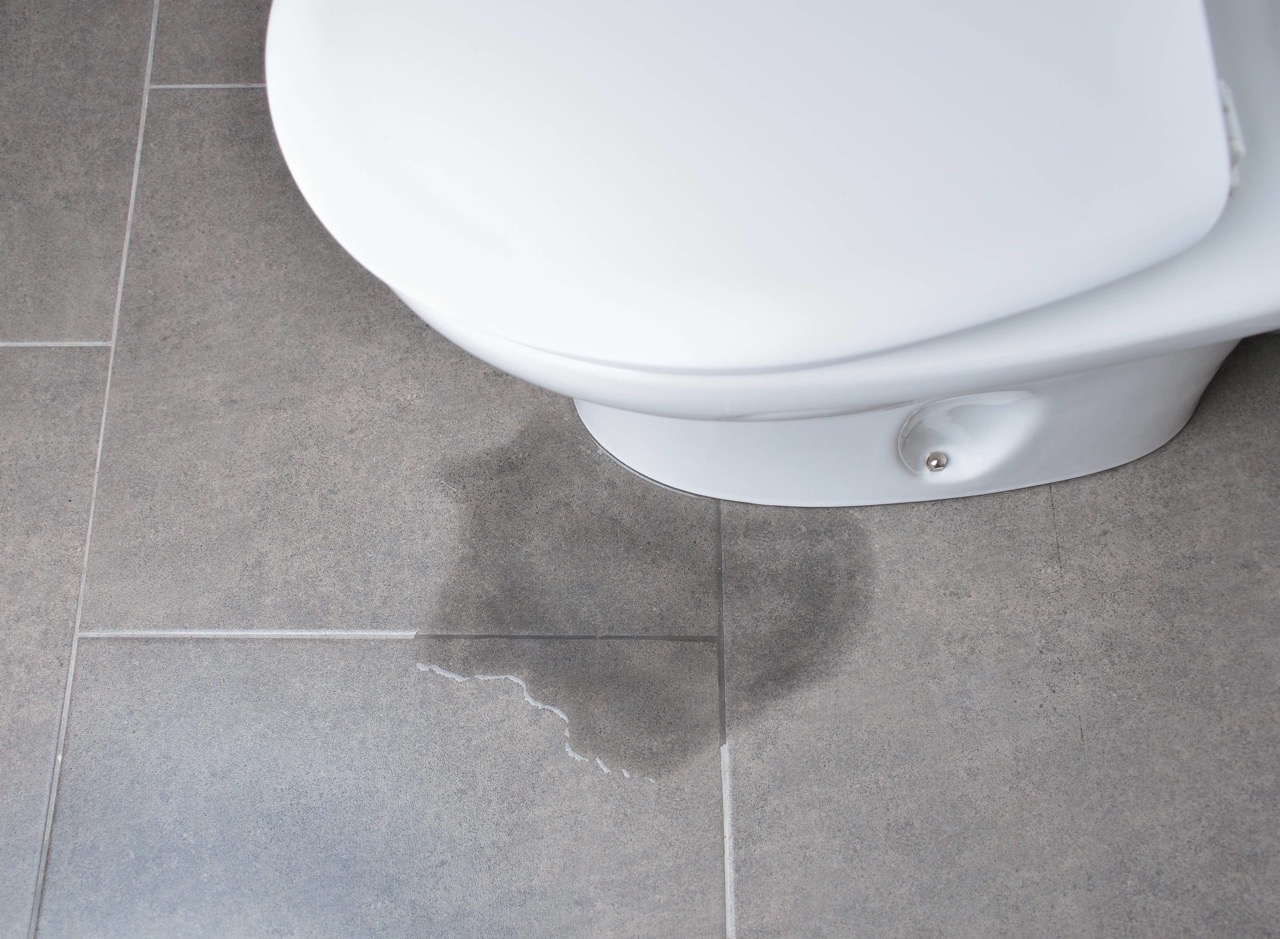
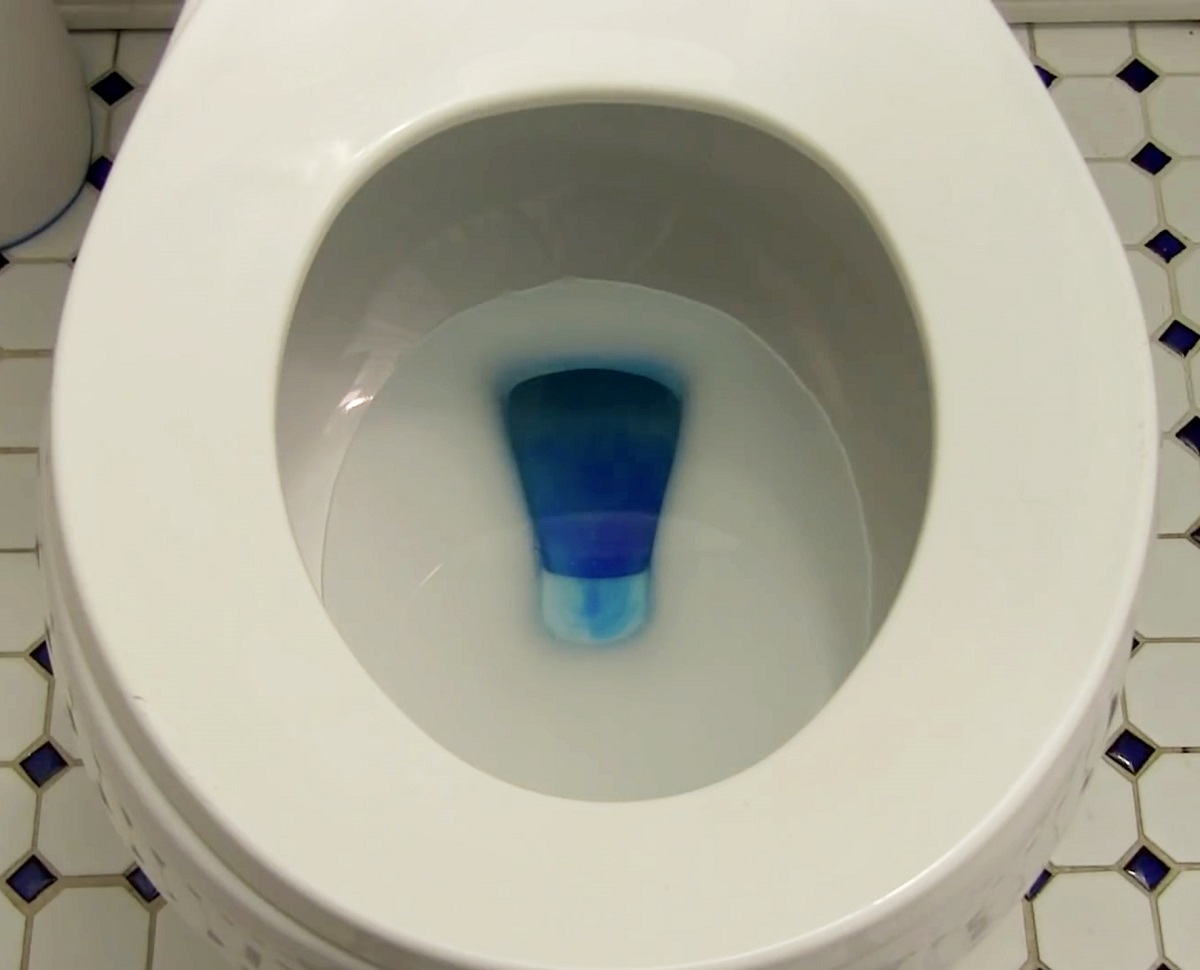
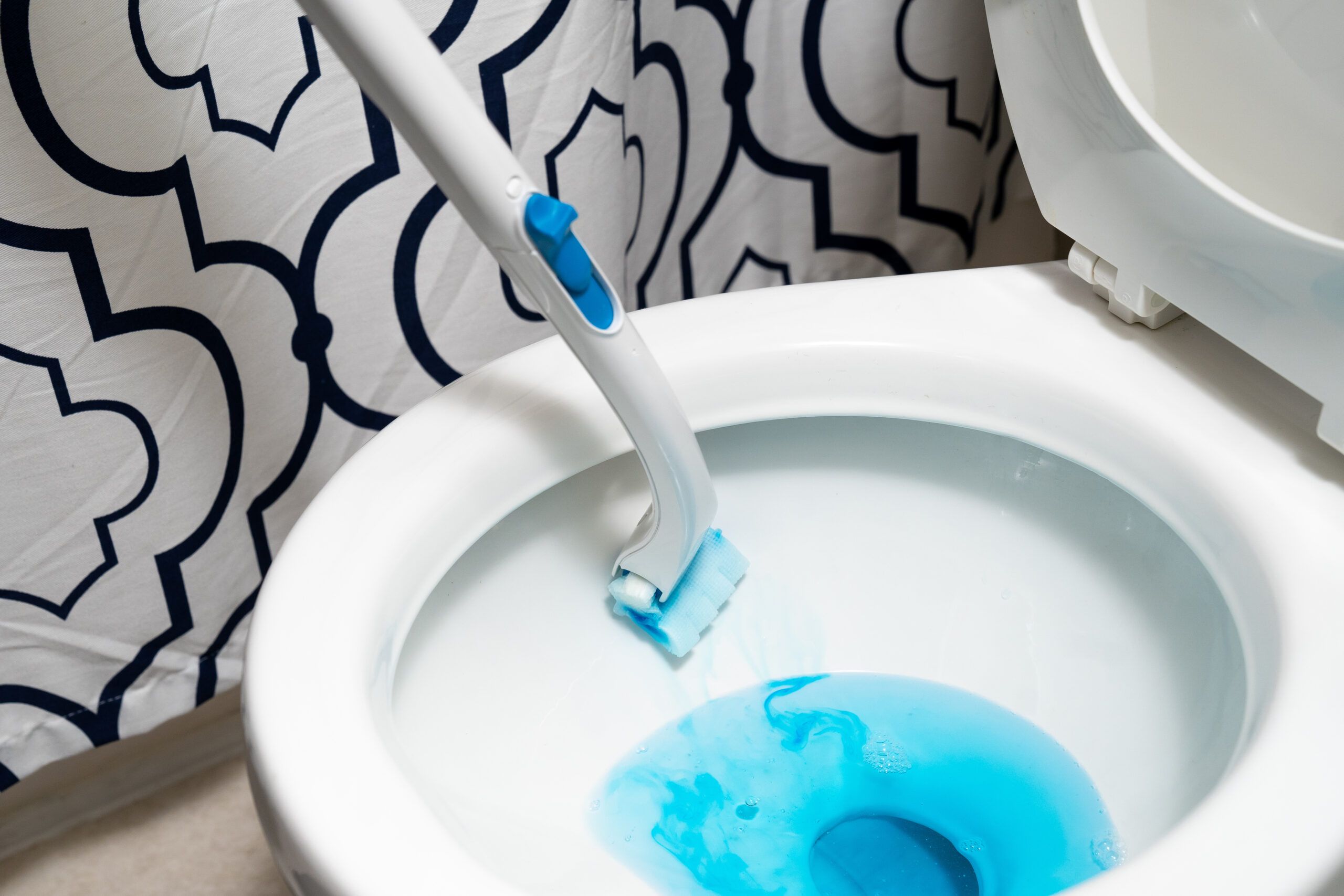
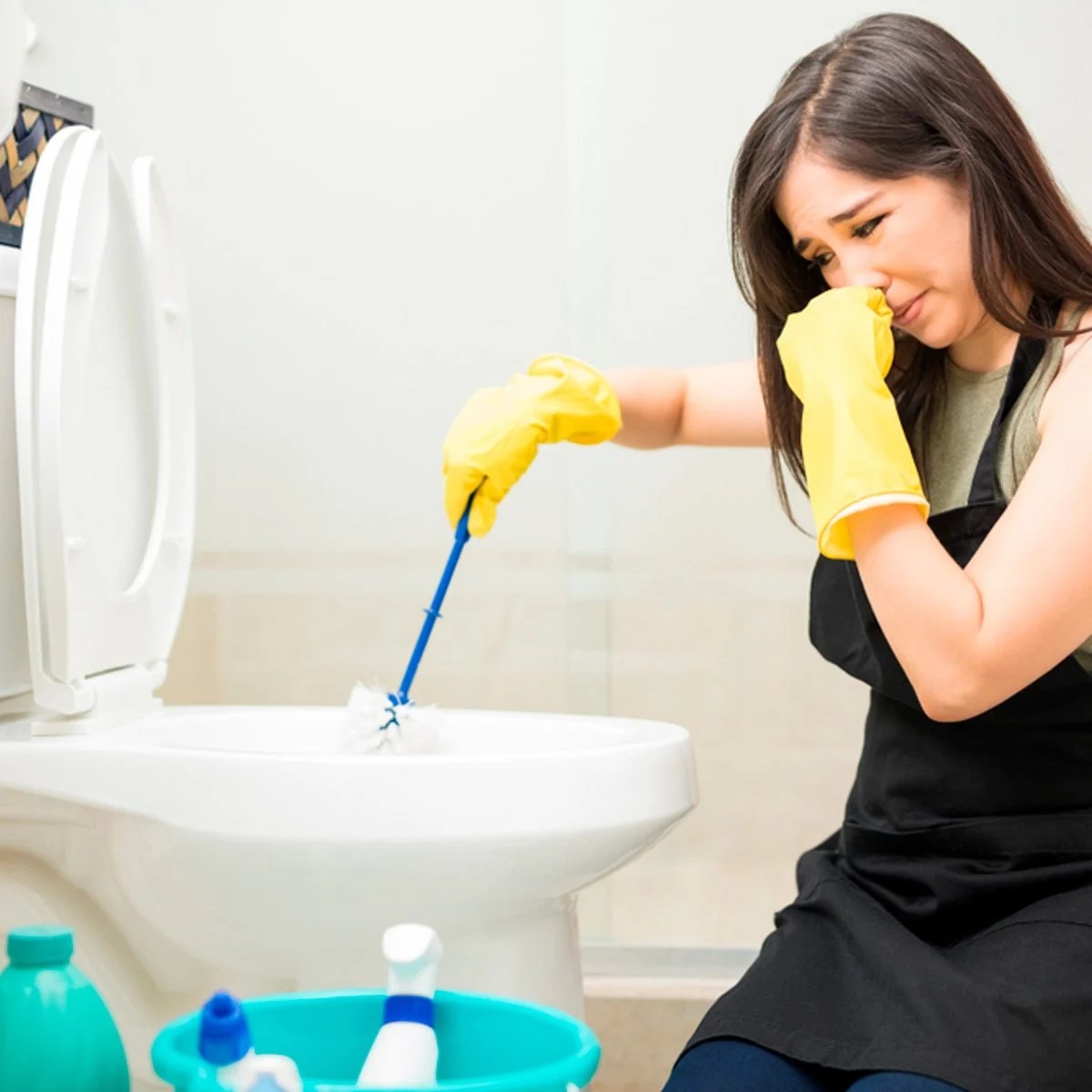

0 thoughts on “Why Is My Toilet Bowl Not Holding Water”